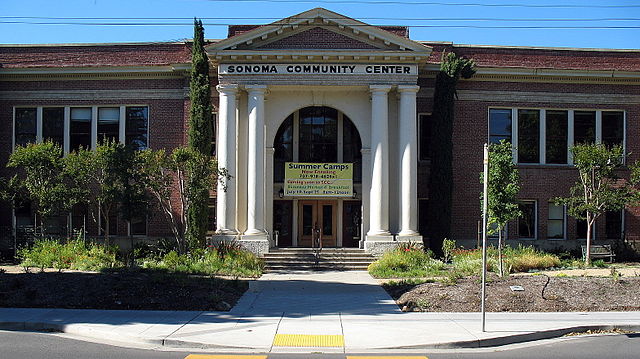In sociology, the third place refers to the social surroundings that are separate from the two usual social environments of home and the workplace. Examples of third places include churches, cafes, bars, clubs, community centres, public libraries, gyms, bookstores, makerspaces, stoops, parks, theaters, and opera houses, among others. In his book The Great Good Place (1989), Ray Oldenburg argues that third places are important for civil society, democracy, civic engagement and establishing feelings of a sense of place. Before Oldenburg's death, at 90, in 2022, he asked Karen Christensen, with whom he had corresponded and collaborated for many years, to write a new version of The Great Good Place, as well as keeping the original edition available.
This barber shop in Brazil is an example of a third place. In many societies barber shops and beauty salons are traditional areas to congregate separate from work or home.
The Ancient Agora of Athens
A recreation of the Central Perk cafe in Burbank, CA.
People sitting at tables at the Jongensbinnenplaats (lit. 'Boys' Courtyard') in the Amsterdam Museum in Amsterdam, the Netherlands
Community centres, community centers, or community halls are public locations where members of a community tend to gather for group activities, social support, public information, and other purposes. They may be open for the whole community or for a specialized subgroup within the greater community. Community centres can be religious in nature, such as Christian, Islamic, Jewish, Hindu or Buddhist community centres, or can be secular, such as youth clubs.
Sonoma Community Center in Sonoma, California.
The interior of a community center in Brasstown, North Carolina
Community centre in Marburg an der Lahn, Germany.
Community centre in Klaukkala, Finland.








